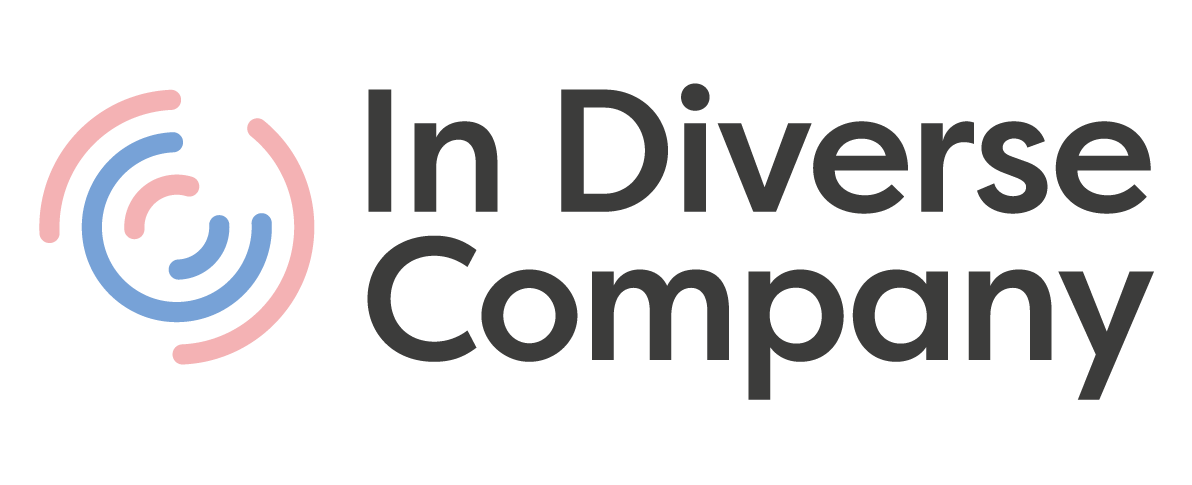By Jai Thade, Head of Content
One idea we keep coming back to in our work with clients when it comes to ED&I (equality, diversity and inclusion) is the idea that “the intention isn’t always the impact”.
Not only is this the case when it comes to inclusive communication between individuals, but it is also the case when it comes to programmes and interventions that organisations implement for their workforces. Programmes may be formulated and instituted with the best of intentions, however, this doesn’t necessarily translate to them having a positive impact.
In fact, those ED&I interventions which follow a more “top-down”, “command-and-control” approach of trying to “outlaw” bias (e.g. mandatory ED&I training) have been found to result in the opposite of what is intended – sparking a backlash of anger and resentment.
For instance, a study of over 800 large and midsize US firms found that 5 years after instituting mandatory diversity training for managers – there was no improvement in the proportion of white women, black men, and Hispanics in management. Moreover, the percentage of black women actually shrank by 9%, on average and the percentage of Asian men and women shrank by 4-5%. (”Why Diversity Programmes Fail” – HBR, 2016).
The key lesson here is that for the successful execution of a ED&I programme, it is important to adopt a collaborative approach as opposed to a coercive approach. This gives individuals a greater sense of personal ownership over the change being instituted, which can catalyse successful implementation.
So, what can we do to ensure we are formulating effective ED&I programmes, and what can we do to ensure their successful execution?
First and foremost, we need to not look at ED&I as purely a Human Resources issue. If we think ED&I is an issue for the HR department to assess & create solutions for, we might see success with formulation, but not in the execution of our programmes.
Secondly, we need to involve more of our workforce in the intervention – both at the design stage and the implementation stage. Surveys & focus groups with the target demographic, as well as other key stakeholders can help us to understand how they view the problem and what kinds of changes they would like to see. While the programme is being designed we can enlist a working group which can consist of representatives of the target demographic or even the managers who will be implementing the programmes. Try to make sure the programme fits in with the way individuals already work, as this increases the likelihood of sustainable change.
You could even create interventions that enlist more of the workforce, for instance, mentoring/reverse-mentoring/reciprocal-mentoring initiatives.
Successful execution also requires us to internally market our programmes to our workforce. When it comes to our products and services, we are very intentional when it comes to marketing. For instance, we are clear at spelling out the value proposition, we enlist the help of credible individuals for endorsements, and we gain popularity by tapping influencers in various networks. Why not adopt the same approach to our ED&I initiatives? This could mean clearly spelling out the value proposition (or business case) for the initiative to each of our employees and also mobilising various “influencers” within our organisation to drive greater adherence/adoption.
In terms of ED&I projects within organizations, we also believe it’s worth organizations focusing on a small number of higher–ROI initiatives, as opposed to a big number of ineffective ones.
By keeping such points in mind, we can better ensure formulation and execution are hand-in-hand when it comes to our ED&I programmes.
Liked this article? Share it with your network:






